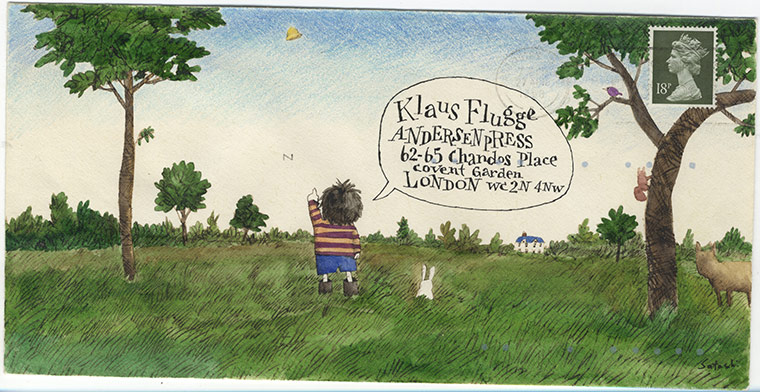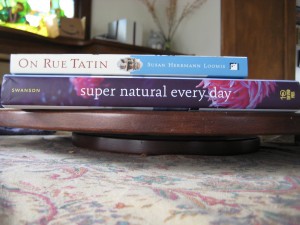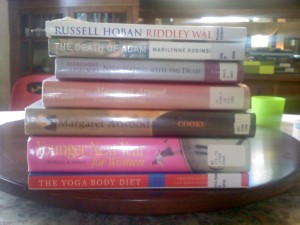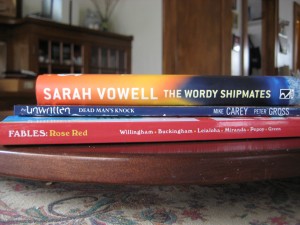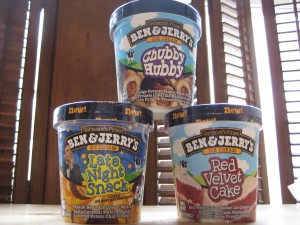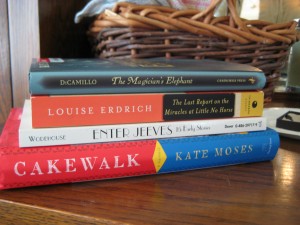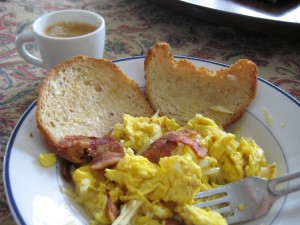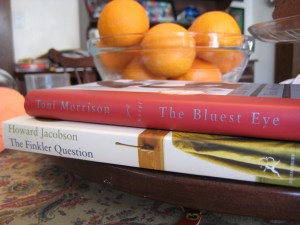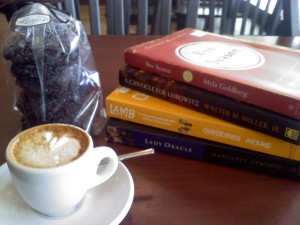Summer Reading List
Saturday, June 25th, 2011Inspired by the reading lists at The Algonquin Books Blog, (via The Morning News) I am updating my summer reading plan. Remember how I wrote I was going to do a summer reading project, going through Lizzie Skurnick’s book Shelf Discovery, and reading a bunch of the books she mentioned in it?
Yeah, that’s not going to happen. For good reason, though. I continue to read in preparation for the book group I started, on fiction with themes of myth and religion. Our June book was Louise Erdrich’s Last Report on the Miracles at Little No Horse (I look forward to the day I no longer have to type that title all the time). It made me want to go back to Love Medicine and read everything she’s written, though I’m not going to right now.
The July book is American Gods by Neil Gaiman, which coincides nicely with its 10th anniversary (will I be able to resist buying the 10th anniversary edition, as I already own a signed HC and a MMPB?) and the recent announcement that it’s getting the HBO treatment. Related reading I hope to do along with American Gods is the sequel, Anansi Boys, and Douglas Adams’ Long Dark Tea Time of the Soul, which my husband says is very like it. (Does that mean reading Dirk Gently again?) Possibly also D’Aulaire’s Book of Norse Myths.
The August book is Mrs. Dalloway, and I picked up a copy of The Mrs. Dalloway Reader, so I hope to make it through that. Related reading with be Michael Cunningham’s The Hours, I hope.
Right now I’m re-reading Warren Ellis’ Planetary, that ended last year. I didn’t want to read the final issue until I re-read from the beginning, so here I am. I also plan to do this with the crime series 100 Bullets. And I mentioned recently that I’m interested in going back to the beginning of Carla Speed McNeil’s series Finder and re-reading up to the present.
So I’ve got an ambitious reading list, though the only Musts are American Gods and Mrs. Dalloway.
I am trying not to attend to the voice inside my head that says she wants to re-read Game of Thrones. There will be plenty of time for that. If I’m smart, I’ll wait till he finishes the series (no jokes or snarking allowed), see how folks like the ending, then decide whether to give it a go.
What do you hope to read this summer?
